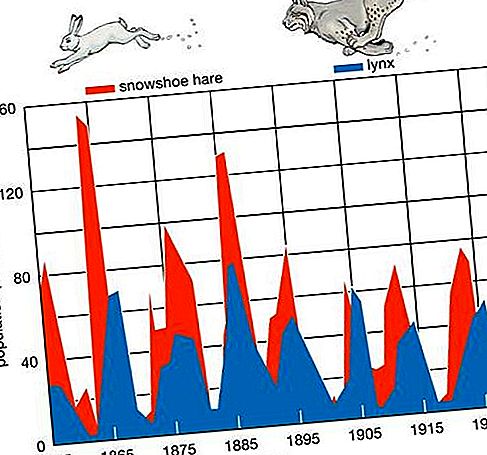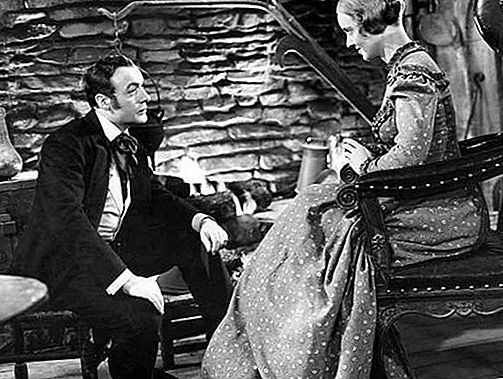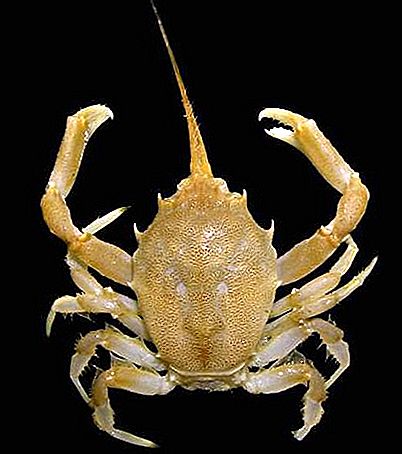Mammals
Because a winter snowpack is a dependable feature of the taiga, several mammals display obvious adaptations to it. The snowshoe, or varying, hare (Lepus americanus), for example, undergoes an annual change in colour of its pelage, or fur, from brownish or grayish in the summer to pure white in the winter, providing effective camouflage. Its feet are large in proportion to its body size, a snowshoelike adaptation for weight distribution that allows the hare to travel over the surface of snow rather than sink down into it. The lynx (Lynx canadensis) is the principal predator of the snowshoe hare (see population ecology). It too has large feet, with fur between the toes, enabling the lynx to remain on the snow’s surface. Most animals of the taiga are well adapted to the cold and survive it easily if they have enough food to maintain an energy balance through the winter.

Moose are the largest browsing animals in the taiga. In the summer they eat willow and broad-leaved trees and also wade in lakes and ponds to consume aquatic plants. Throughout the winter moose eat large quantities of woody twigs and buds. Moose depend on high-quality feeding areas in the shrub zone along river floodplains and on the early successional growth of woody plants in burned or cutover forest. Intensive browsing by moose can alter the composition of the forest in its early stages of growth, often increasing the dominance of conifers, which they do not consume in as great amounts as they do broad-leaved trees. Harvesting a moose for winter food is an important and even critical element of survival for humans living in isolated rural areas of the taiga.
Moose populations are controlled by various means. Wolves (Canis lupus) prey on moose across most of the taiga, and some scientists and game managers believe that once moose numbers are depressed, wolf predation can keep moose populations low. As a result, wolf trapping or shooting programs are carried out as a game-management measure to increase prey numbers. The natural regulation of moose populations by wolf predation and the presence of wolves themselves are valued as well. As a result, programs to control wolf populations are often the subject of intense debate. Other factors control moose numbers, such as the restriction of access to plants during years of deep snow and lack of early successional woody plant growth caused by forest maturation. Where the taiga is extensively cut for forest products, moose numbers have increased greatly, often to levels that are considered undesirable for forest regeneration. Subsistence and sport hunting of moose are widely used tools of moose population management.
Another large-hoofed browsing mammal that is present seasonally in the taiga is the reindeer (Rangifer tarandus) in Eurasia and the closely related caribou in North America. A large portion of the reindeer population is semidomesticated and herded by nomadic peoples such as the Sami of Scandinavia and several native peoples in northern Russia. Caribou migrate the greatest distances of any large land mammal in North America. They often move in vast herds of 500,000 animals or more, seldom stopping or pausing because they must constantly forage in these environments of generally low productivity. During the early winter, reindeer and caribou migrate south from their summer ranges in the tundra to the forest-tundra or lichen woodland, where they graze primarily on lichens. Later in winter, caribou typically move to open forests and sedge-rich lake margins or to snow-free windswept mountains. In April and May, caribou form long columns and migrate back north to the tundra.
Several mammals of the boreal region are valued for their furs, and trapping and trade in furs have been an important part of the culture, economy, and history of the region as long as humans have lived there. Important fur-bearing species include lynx and marten (Martes americana) and, in wetland habitats, beaver (Castor canadensis), American mink (Neovison vison), and muskrat (Ondatra zibethica).

In the North American taiga the northern flying squirrel (Glaucomys sabrinus) is adapted to consume fungi, especially underground fruiting bodies (sporocarps) of fungi that form mutually beneficial relationships (mutualism) with trees by colonizing their roots. The flying squirrel’s consumption and dispersal of these underground fungi provide a significant benefit to the forest as a whole. (For further information on mutualism, see community ecology: Mutualism.)

![Slag bij Legnica Polen [1241] Slag bij Legnica Polen [1241]](https://images.thetopknowledge.com/img/world-history/3/battle-legnica-poland-1241.jpg)











